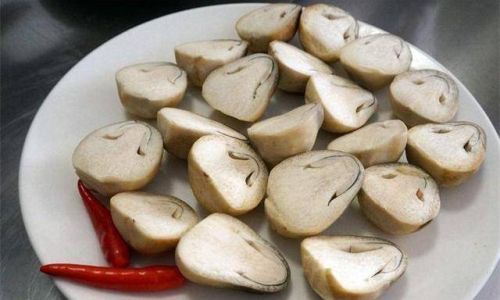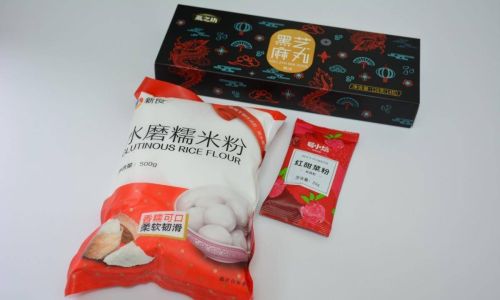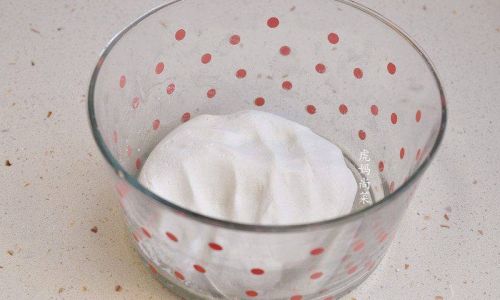Table of content
Straw mushrooms (Volvariella volvacea), a staple in Asian cuisine, are prized for their delicate flavor, meaty texture, and nutritional benefits. However, like many perishable foods, their shelf life is limited, and improper storage can lead to spoilage or foodborne illnesses. A common question among home cooks and food enthusiasts is: Can straw mushrooms be safely stored in the refrigerator, and how long can they last before becoming inedible? This article explores the science of refrigeration, the factors affecting mushroom spoilage, and practical guidelines to determine whether refrigerated straw mushrooms are still safe to consume.
Understanding Straw Mushrooms: Nutritional Value and Culinary Uses
Straw mushrooms, native to Southeast Asia, thrive in tropical and subtropical climates. Unlike button mushrooms, which are cultivated in cooler environments, straw mushrooms grow on decaying organic matter like straw, rice husks, or compost. Their culinary versatility makes them a popular ingredient in stir-fries, soups, and curries. Nutritionally, they are low in calories but rich in protein, fiber, vitamins (such as B vitamins and vitamin D), and minerals like potassium and selenium. These attributes contribute to their reputation as a healthy addition to diets.
However, their high moisture content and delicate structure make them highly perishable. Understanding how to store them properly is critical to preserving their taste, texture, and nutritional value.
The Science of Refrigeration: How It Affects Food Spoilage
Refrigeration slows down the microbial activity and enzymatic reactions that cause food to spoil. Most refrigerators maintain temperatures between 34°F and 40°F (1°C to 4°C), which inhibits the growth of pathogens like Salmonella, E. coli, and Listeria. However, refrigeration does not halt spoilage entirely—it merely delays it. Psychrotrophic bacteria, which can grow at low temperatures, may still proliferate over time, leading to food degradation.
For straw mushrooms, the primary causes of spoilage include:

- Enzymatic Browning: Exposure to oxygen triggers enzymes that darken the mushroom’s flesh.
- Microbial Growth: Bacteria and molds break down the mushroom’s cell walls, causing sliminess or discoloration.
- Moisture Loss: Refrigerator air can dehydrate mushrooms, leading to a wrinkled texture.
Proper Storage Techniques for Straw Mushrooms
Fresh Straw Mushrooms
- Unwashed Storage: Avoid rinsing mushrooms before refrigeration, as excess moisture accelerates spoilage. Instead, gently brush off any visible dirt with a dry cloth or paper towel.
- Packaging: Store mushrooms in their original container if purchased from a store, as these are often designed to regulate humidity. Alternatively, place them in a paper bag or a breathable container lined with paper towels. Avoid airtight plastic bags, which trap moisture and promote mold growth.
- Location: Place the container in the main compartment of the refrigerator, not the crisper drawer, which may have higher humidity levels.
Cooked Straw Mushrooms
- Cooling: Allow cooked mushrooms to cool to room temperature before refrigerating to prevent condensation, which fosters bacterial growth.
- Airtight Containers: Transfer them to shallow, airtight containers or resealable plastic bags. This minimizes exposure to air and contaminants.
- Shelf Life: Cooked mushrooms typically last 2–3 days in the refrigerator.
How Long Do Straw Mushrooms Last in the Fridge?
The lifespan of refrigerated straw mushrooms depends on their initial freshness and storage conditions:
- Fresh, Uncooked Mushrooms: 3–5 days when stored properly.
- Cooked Mushrooms: 2–3 days.
Factors that shorten shelf life include:
- Pre-existing Bruising or Damage: Mushrooms with broken skins or slimy patches spoil faster.
- Cross-Contamination: Storing mushrooms near raw meats or unwashed produce increases bacterial transfer risks.
- Incorrect Temperature: Fluctuations in refrigerator temperature (e.g., due to frequent opening) can accelerate spoilage.
Signs That Straw Mushrooms Have Spoiled
Even when refrigerated, straw mushrooms will eventually deteriorate. Discard them immediately if you observe:
- Sliminess or Stickiness: A slippery texture indicates bacterial growth.
- Dark Spots or Discoloration: Brown or black patches suggest enzymatic browning or mold.
- Foul Odor: A pungent, ammonia-like smell signals spoilage.
- Shriveled Appearance: Excessive dehydration renders mushrooms inedible.
- Mold Growth: Fuzzy patches in green, white, or gray hues are a clear sign of contamination.
Food Safety Risks of Consuming Spoiled Mushrooms
Eating spoiled straw mushrooms can lead to food poisoning, with symptoms ranging from mild gastrointestinal discomfort (nausea, vomiting, diarrhea) to severe illness in high-risk individuals, such as pregnant women, the elderly, and immunocompromised people. While straw mushrooms themselves are not toxic, spoilage organisms like Bacillus cereus or Pseudomonas can produce harmful toxins.
Freezing Straw Mushrooms: An Alternative to Refrigeration
For longer-term storage, freezing is a viable option. However, mushrooms contain high water content, which can lead to a mushy texture when thawed. To mitigate this:

- Blanching: Briefly boil mushrooms for 2–3 minutes, then plunge them into ice water to halt cooking. This preserves color and texture.
- Drying: Pat blanched mushrooms dry before freezing.
- Packaging: Store in airtight freezer bags, removing excess air. Frozen mushrooms can last 6–12 months.
Use frozen mushrooms in cooked dishes like soups or stir-fries, as their texture is unsuitable for raw applications.
Debunking Myths About Mushroom Storage
-
Myth 1: “Washing mushrooms before refrigeration keeps them fresh.”
Reality: Excess moisture accelerates spoilage. Clean mushrooms just before use. -
Myth 2: “All mushrooms last the same amount of time.”
Reality: Delicate varieties like straw mushrooms spoil faster than heartier types like shiitake. -
Myth 3: “Refrigeration kills bacteria.”
Reality: Refrigeration only slows bacterial growth; it does not sterilize food.
Expert Recommendations
Food safety experts emphasize the importance of “when in doubt, throw it out.” The USDA recommends refrigerating perishables promptly (within 2 hours of cooking or purchase) and adhering to use-by dates. For wild mushrooms, additional caution is advised, as some species are toxic. However, cultivated straw mushrooms are generally safe when stored correctly.

Conclusion: Maximizing Shelf Life and Safety
Straw mushrooms can indeed be safely stored in the refrigerator for a limited period, provided they are handled properly. By adhering to storage best practices, monitoring for signs of spoilage, and understanding the limits of refrigeration, you can enjoy these delicate fungi without compromising safety. Remember that freshness begins at purchase—select mushrooms with firm, unblemished caps and store them promptly to extend their edible life. When in doubt, trust your senses: if they look, smell, or feel off, it’s better to discard them than risk foodborne illness.
In a world where food waste is a growing concern, mastering storage techniques for perishables like straw mushrooms not only protects your health but also contributes to sustainable consumption practices. Whether you’re a home cook or a culinary professional, knowing the nuances of refrigeration ensures that every meal is both delicious and safe.






0 comments